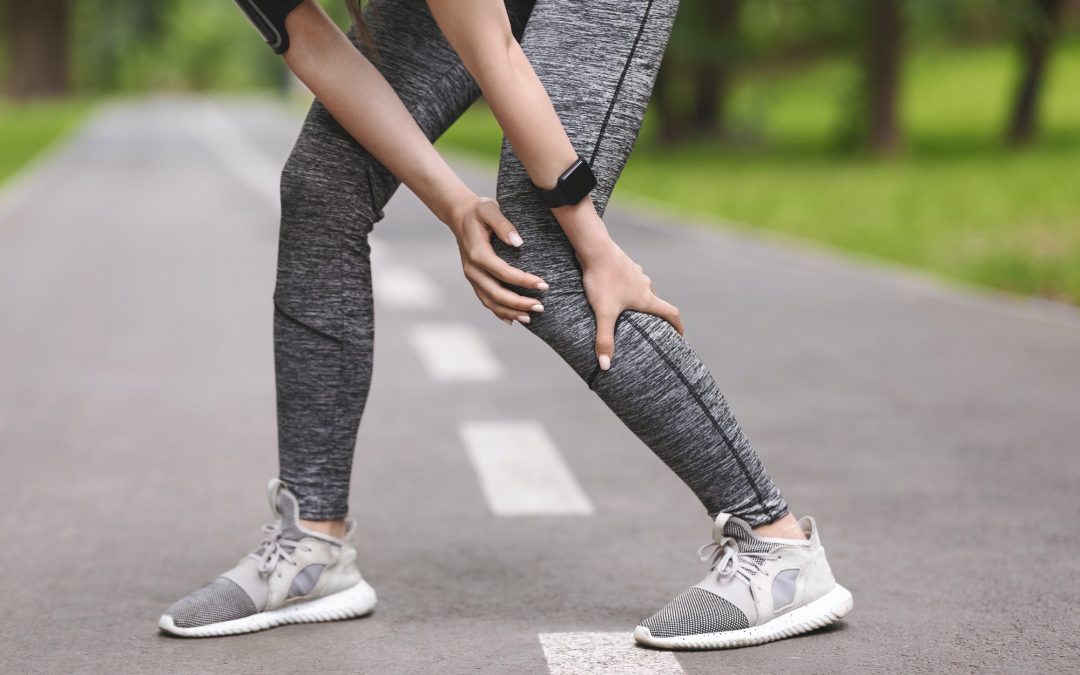If you’re experiencing vein pain in your leg, it may be a sign of something serious. Learn about vein pain in leg, why it happens and how to detect it.
Pain and aches in the veins are especially felt in the legs and can be a result of poor circulation and varicose veins. These symptoms may be a sign of a more serious condition like deep vein thrombosis.
Deep vein thrombosis is a blood clot in the leg that can cause a pulmonary embolism in the lung, a stroke, or a heart attack if it breaks loose. However, vein pain in the leg can also be the result of a mild condition like cellulitis, which is a common bacterial skin infection.
In cases where you experience severe or sudden vein pain, call 911 and seek immediate care. A sudden or severe pain episode may be a sign of life-threatening conditions like venous thrombosis.
Moreover, if the pain is mild and persistent, you should still look for medical care.
Mild Symptoms
If you experience vein pain, you should also be on the lookout for other symptoms that can indicate the underlying problem. Varicose veins and venous insufficiency (poor blood circulation) can lead to vein pain in the legs as well as other symptoms.
These symptoms include visible veins, tissue hardening under the skin, rashes, throbbing and cramping in the legs. You can also experience cellulitis, heavy feeling in the legs, swelling, and skin discoloration including bruises.
However, you can also experience symptoms that affect other body parts and systems such as body aches, fever, and fatigue.
Serious Symptoms
It’s important to pay attention to symptoms surrounding vein pain because sometimes they can be a sign of a life-threatening problem. If you experience any of the following symptoms or know someone who has them, seek immediate medical attention.
Symptoms of a serious condition include bleeding, trouble breathing, little to no pulse, chest pain, and sudden or severe pain.
 Causes of Vein Pain
Causes of Vein Pain
There are several conditions that can lead to vein pain, from mild to severe health conditions. When you experience vein pain in the leg, it is commonly a result of poor circulation, cellulitis, or varicose veins.
Furthermore, experiencing vein pain in other parts can be a reaction to outside temperature levels or muscle strain. However, in severe cases, conditions like thrombophlebitis or thromboembolism can be the cause.
Both conditions involve clotting in the veins and can be life-threatening.
What to Do with Vein Pain
The solution for vein pain depends largely on what’s causing it in the first place. For example, if you have deep vein thrombosis or an equally serious condition, you have to go to the doctor and follow their plans, which may include surgery.
If you have cellulitis, varicose veins, or muscle aches, a doctor can also prescribe medications or offer a treatment plan to deal with the issues. On the other hand, if the underlying condition is something like poor blood flow, there are things you can do at home to address the issue.
Treatment for Mild Vein Pain
If poor circulation is the reason behind your vein pain, then take the necessary steps to improve your overall blood flow. First, make sure you are leading a healthy lifestyle and develop healthy habits.
This means you should eat nutritious meals, avoid junk food, exercise regularly, and maintain a healthy weight. In addition to these lifestyle changes, you can add circulation supplements to your daily routine.
One of the best circulation supplements on the market is L-arginine Plus. The powder supplement comes in three tasty flavors and contains powerful ingredients such as l-arginine, l-citrulline, and key vitamins and minerals.
Furthermore, these ingredients work to improve nitric oxide production, a molecule that’s essential for circulation. Remember: if you have serious symptoms, seek medical help.
However, it’s better to prevent, so before it gets to that point, improve your circulation by leading a healthy life and using safe and effective supplements like L-arginine Plus.

